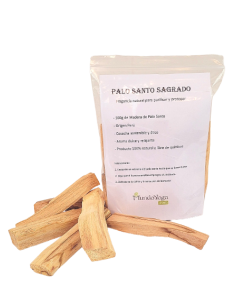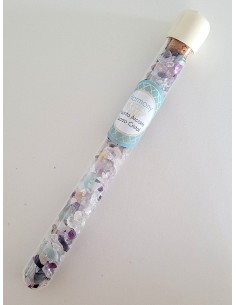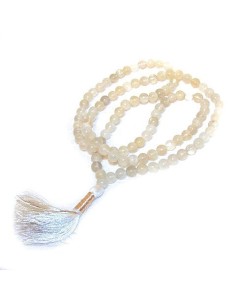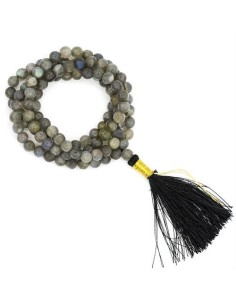The Mala or Buddhist Rosary
Traditionally, the Buddhist rosary consists of 108 beads of the same size. It is used to keep track of recitations of mantras or words of power, endowed with deep meaning and used as a means of mental protection against extreme ideation, mental sinking and disturbed emotions and attitudes.
The sacred number of 108 predates the rise of Buddhism, being the classical number ascribed within Hinduism to name the deities or gods. As a multiple of 12 and 9, it represents the nine planets in the twelve zodiacal houses. As a multiple of 27 and 4, it also symbolizes the four quarters of the moon in each of the 27 lunar mansions or constellations. Nine is also a magic number, since any quantity multiplied by it results in a number where the sum of its digits is also a multiple of nine. In the yoga of pranayama or control of the vital breath, it is estimated that a human being breathes 21,600 times in a cycle of 24 hours, consisting respectively of 60 periods of 360 breaths. In turn, the 108 beads ensure that at least 100 recitations of a mantra are completed within a full cycle of the rosary.
HEALING AND SPIRITUAL PROPERTIES
The name "agate" comes from the Achates River, now Dirillo River, south of Sicily, in Italy, where the first of these stones is said to have been found in Europe.
Agate was highly revered by the ancients and was considered the stone of science. Indian agate was believed to be the best remedy for eye diseases, and Egyptian agate was believed to be very effective against spider bites and scorpion stings.
It is recommended to achieve successful competitions and along with them, to develop courage. Protects against all negative and low level vibrations, such as envy, jealousy, emotional conflicts, hatred, negative thoughts, etc. Increases courage and extends life.
Mala o Buddhist rosary of 108 + 1 beads
Made of Agata, black color
Length: 70 cm
Beads diameter: 8 mm

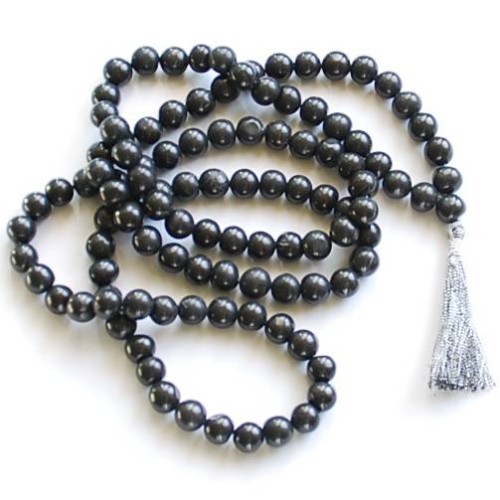



 Read the review
Read the review

